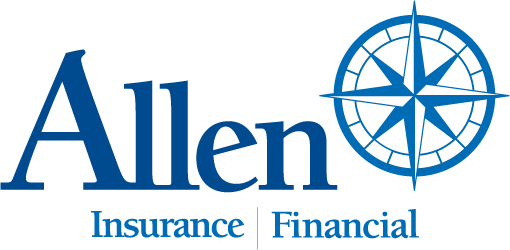Thinking about a loved one’s outstanding debt is the last thing on anyone’s mind when a family member passes away. Unfortunately, many people find themselves dealing with creditors and figuring out how to pay their loved one’s debts as they grieve. To avoid this situation, it makes good financial sense to consider these matters ahead of time.
Who’s Responsible for Outstanding Debt?
Generally, the deceased person’s estate assets are used to satisfy creditor claims before being distributed to beneficiaries. If estate assets are insufficient to pay all outstanding debt, the estate is considered insolvent, and state law prioritizes the payment of the deceased person’s bills with the available assets.
In some cases, however, outstanding debts may not fall to the estate:
• Cosigned or joined debts. If you’ve cosigned on a loan or credit card with the deceased person or owned the account jointly, you are financially responsible for that debt.
• Guaranteed debts. A similar situation to cosigning, if you are the guarantor of a loan for someone who has passed away, you will owe the lender payment of any remaining debt.
• Community property. If your spouse passes away, you may find yourself responsible for debts for which you weren’t a cosigner or coapplicant. Arizona, California, Idaho, Louisiana, Nevada, New Mexico, Texas, Washington, and Wisconsin are considered community property or quasi-community property states, meaning all property and debt acquired during a marriage is considered jointly owned. If you live in one of these states, you could be held responsible for debts your spouse incurred.
How Are Different Types of Debt Handled?
• Credit card debt. Again, family members are not responsible unless they cosigned on the credit card. Although debt collectors may be aggressive, they can only make a claim against the estate. If you did cosign, you will be held responsible for the debt, even if you didn’t directly incur it. However, being an authorized user on the credit card account will not make you responsible for the credit card debt.
• Medical debt. If your parent qualified for Medicaid, the state may try to recover the payments made for their care. The state cannot ask you to pay, but it may be able to put a lien on your parent’s home to recover the funds or seek recovery from your parent’s estate. If a family member dies with other unpaid medical bills (unrelated to Medicaid), those bills become an estate debt. Keep in mind that many states have filial responsibility statutes that, under certain circumstances, hold adult children responsible for a deceased parent’s medical debt. A spouse might also be responsible for a deceased spouse’s medical debts under a state’s family expense act. Be sure to understand how state law may apply in your situation.
• Mortgage debt. If you inherit a residence with a mortgage, you generally aren’t required to pay it off immediately. If you fail to make the mortgage payments, however, or cannot sell the house for a price that will pay off the mortgage, the lender will likely foreclose (or possibly agree to a short sale). If you don’t wish to own the real estate, you may disclaim it, at which point it would transfer to the next estate beneficiary.
• Student loan debt. Federal programs, such as Perkins and Stafford loans, usually offer cosigners forgiveness if the borrower passes away. However, private loans may be another story. Although some lenders have started to discharge the debt if a borrower dies or becomes disabled, many demand the money owed from cosigners.
• Taxes. The estate is responsible for paying any property, income, or estate taxes. Tax authorities are usually given top priority as creditors.
Don’t Be Bullied
Family members of deceased debtors—and all consumers—are protected by the federal Fair Debt Collection Practices Act (FDCPA), which prohibits debt collectors from using abusive, unfair, or deceptive practices in attempting to satisfy a debt. Under the FDCPA, collectors can contact the deceased person’s spouse, guardian, executor, or administrator to get their contact information, but they are not allowed to discuss the details of the debt. You have the right to control your interactions with these collectors. For more information, visit the Federal Trade Commission’s website.
Know Where You Stand
Inherited debt can be a complex issue. If you find yourself in this situation, seek advice from your financial advisor and an attorney who can guide you through the probate process and work with debt collectors. Although dealing with a loved one’s death is never easy, getting your questions answered and protecting your inherited assets may make the situation a little less stressful.
This material has been provided for general informational purposes only and does not constitute either tax or legal advice. Although we go to great lengths to make sure our information is accurate and useful, we recommend you consult a tax preparer, professional tax advisor, or lawyer.
© 2023 Commonwealth Financial Network®







